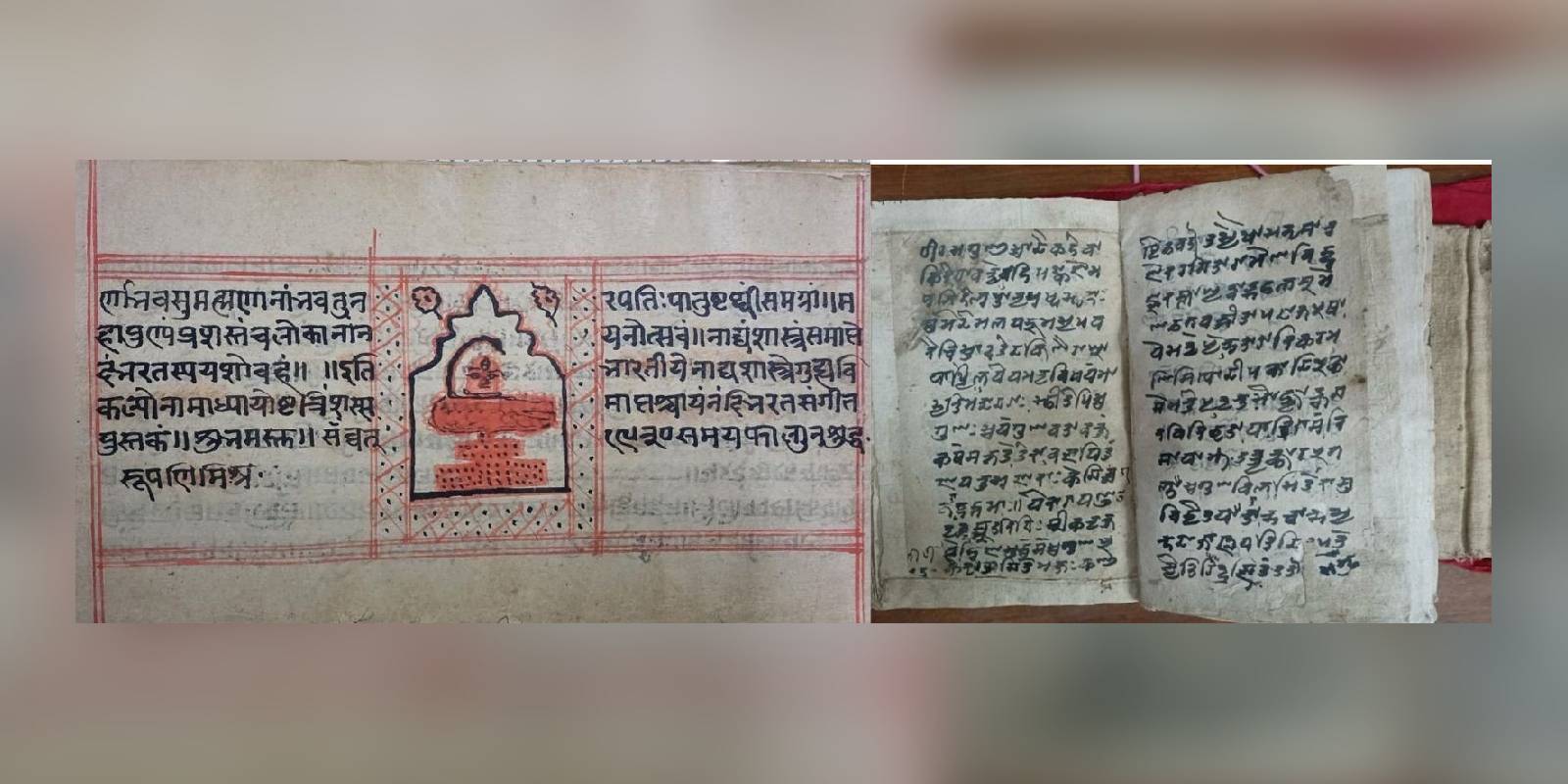The register comprises documentary collections such as books, manuscripts, maps, photographs, and audio or video recordings that serve as a testament to the shared heritage of humanity.
Published Apr 18, 2025 | 3:41 PM ⚊ Updated Apr 18, 2025 | 3:43 PM

Bhagavad Gita and Natyashastra enter UNESCO’s Memory of the World Register. (X)
Synopsis: Ved Vyasa’s Bhagavad Gita and Bharatmuni’s Natyashastra have been inscribed in UNESCO’s Memory of the World Register. The Gita offers spiritual and philosophical guidance, while the Natyashastra is a foundational text on performing arts. Both texts highlight India’s timeless wisdom and cultural richness, now globally recognized as part of humanity’s shared heritage.
Ancient Indian texts Ved Vyasa’s Bhagavad Gita and Bharat Muni’s Natyashastra have been inscribed in UNESCO’s Memory of the World Register.
The register comprises documentary collections such as books, manuscripts, maps, photographs, and audio or video recordings that serve as a testament to the shared heritage of humanity.
Sharing the news Union Minister for Culture and Tourism Gajendra Singh Shekhawat called it, “A historic moment for Bharat’s civilisational heritage! The Shrimad Bhagavad Gita & Bharat Muni’s Natyashastra are now inscribed in UNESCO’s Memory of the World Register.”
Further Prime Minister Narendra Modi also called it, “A proud moment for every Indian across the world.”
A proud moment for every Indian across the world!
The inclusion of the Gita and Natyashastra in UNESCO’s Memory of the World Register is a global recognition of our timeless wisdom and rich culture.
The Gita and Natyashastra have nurtured civilisation, and consciousness for… https://t.co/ZPutb5heUT
— Narendra Modi (@narendramodi) April 18, 2025
But what do the texts contain, and why are they an important part of the shared heritage?
The Bhagavad Gita, often referred to as the Gita, is a Hindu scripture, dated to the second or first century BCE, which forms part of the epic poem Mahabharata.
It is a 700-verse scripture, in the form of a dialogue between Pandava Prince Arjuna and Lord Krishna, who serves as his charioteer and spiritual guide, set on the battlefield of Kurukshetra. The Gita is divided into 18 chapters, each dealing with different aspects of life, philosophy, and spirituality. It blends metaphysics, ethics, and practical wisdom, offering guidance for everyday living and spiritual progress.
Meanwhile, Bharatmuni’s Natyashastra is one of the most important ancient Indian texts on performing arts, particularly theatre, dance, and music.
Composed in Sanskrit, it consists of 36 chapters and contains over 6,000 verses written in a blend of prose and verse. Its primary purpose is to serve as a comprehensive guide for dramatists, actors, dancers, and musicians, detailing the principles and techniques of performance. Beyond instruction, the text aims to uplift, educate, and emotionally engage audiences, making it a foundational work in the tradition of Indian performing arts.
One of the most influential ideas it explains is how art evokes emotions in the audience. The Natyashastra also laid the foundation for various Indian classical dance forms such as Bharatanatyam, Kathakali, Odissi, and many others.
